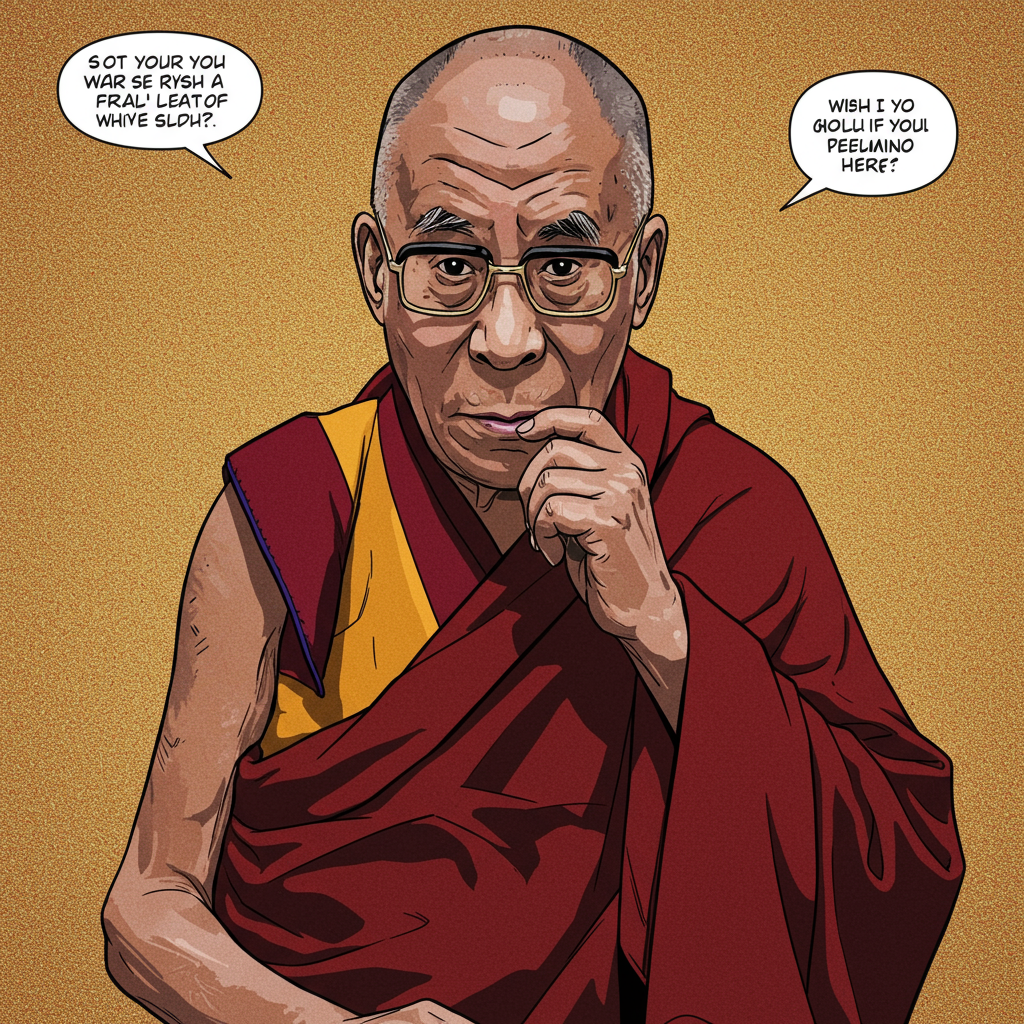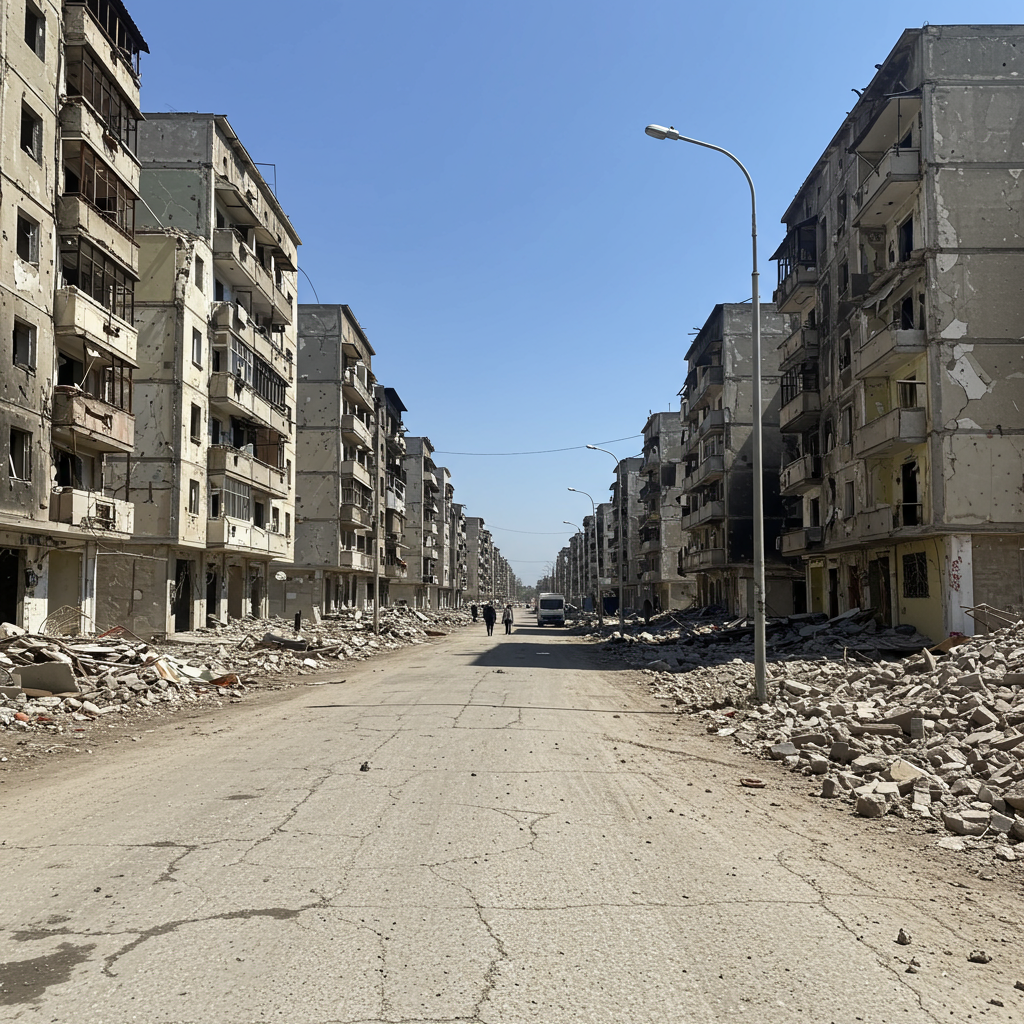As His Holiness the 14th dalai Lama approaches his 90th birthday, a profoundly significant and urgent question looms large: who will be the next Dalai Lama? This is not just a spiritual matter for millions of tibetan Buddhists worldwide, but a deeply political one, caught in a contentious struggle between the exiled Tibetan community and the government of China. With key events planned around his milestone birthday, the spiritual leader is poised to offer insights into the future of this vital institution, sending ripples across the geopolitical landscape.
The Spiritual and Political Stakes of Succession
The lineage of the Dalai Lamas is central to Tibetan Buddhism and the identity of the Tibetan people. Since the 17th century, the Dalai Lama has served as both the spiritual head and, until recently, the temporal leader of Tibet. The current 14th Dalai Lama, Tenzin Gyatso, was recognized as the reincarnation of his predecessor at the tender age of two in 1950. However, his life and leadership have been defined by exile, following a failed uprising against Chinese rule in 1959. He has since resided in Dharamsala, India, guiding the Tibetan community from afar and advocating for genuine autonomy for Tibet, a stance that led to him receiving the Nobel Peace Prize in 1989.
The issue of who follows him has become a flashpoint in the strained relationship between Tibetans and Beijing. Tibetan Buddhists believe that enlightened lamas choose to reincarnate to continue their spiritual work. The traditional process for finding a reincarnation involves searching for signs and indications after the passing of the previous lama. However, China, which has controlled Tibet since the 1950s, asserts that it alone holds the authority to select and approve the next Dalai Lama, treating the religious process as a matter of state control.
China’s Push for Control
Beijing views the Dalai Lama as a dangerous separatist. The Chinese government has enacted regulations demanding that the reincarnation of senior Buddhist lamas, including the Dalai Lama, must be identified and approved by the state, and crucially, must occur within the People’s Republic of China. This position fundamentally opposes the traditional Tibetan Buddhist understanding of reincarnation and aims to ensure that the next Dalai Lama will be subservient to the Communist Party of China (CPC). Tibetan officials in exile view this as a blatant attempt to seize control of a core spiritual and cultural institution for political purposes, effectively trying to eliminate the distinct Tibetan identity by manipulating its spiritual leadership. They argue that China’s policies, including restrictions on teaching native languages, are part of a broader strategy to erase ethnic identities within its borders.
The Dalai Lama’s Vision for His Successor
In direct defiance of China’s demands, the 14th Dalai Lama has repeatedly stated that his successor must be found outside of China, within the free Tibetan community living in exile. He has urged his followers to reject any individual selected by the Chinese authorities. He has even raised the possibility that his reincarnation could be a girl, a concept that challenges traditional expectations but aligns with his progressive views.
Approaching his 90th birthday on June 30, 2025, the Dalai Lama has indicated he plans to provide more specific guidance on his succession. He is expected to consult with senior monks and potentially share clues about the location or identity of his reincarnation. This comes amidst a series of events planned around his birthday, including addressing religious gatherings and attending celebrations in person in India. Tibetan officials in exile emphasize the critical importance of the world hearing directly from the Dalai Lama himself on this issue, countering China’s efforts to control the narrative and the process.
Preparing for a Future Without His Presence
Recognizing the unique challenges posed by his long exile and China’s interference, the Dalai Lama has taken steps to prepare his people for the future. In a historic move in 2011, he transferred his political responsibilities to a democratically elected Tibetan government-in-exile, known as the Central Tibetan Administration (CTA). This decision ended centuries of the Dalai Lama serving as both the spiritual and political head, empowering the exile community to manage their affairs and continue advocating for their cause even without his direct political leadership.
The CTA, led by the Sikyong (executive head) Penpa Tsering, continues its political functions. Meanwhile, the Gaden Phodrang Foundation, established by the Dalai Lama in 2015, is designated to undertake the traditional search and recognition of his next reincarnation, ensuring the process remains firmly in the hands of the Tibetan Buddhist institution, free from external political interference. While the Dalai Lama himself has stepped back from political duties, he remains the undisputed spiritual leader and a global spokesperson for Tibet.
Health and Longevity
Despite his advanced age and having undergone knee surgery in 2024, reports indicate the Dalai Lama is in good health. He has even expressed a personal belief, referencing prophecies, that he could live to the age of 110 or even 113. A longer lifespan would provide more time for him to offer guidance and for the Tibetan community to solidify its plans and garner international support for its position on the succession.
The Stakes Beyond Tibet
The question of the next Dalai Lama holds significance far beyond the Tibetan community. It is a test of religious freedom against state control, a human rights issue, and a geopolitical concern. The world’s response to China’s potential imposition of its own Dalai Lama will have implications for religious autonomy and political sovereignty across the globe. The Tibetan government-in-exile continues to work through unofficial channels and international tours to raise awareness and support for their cause and the preservation of their unique identity and spiritual traditions.
Frequently Asked Questions
How is the next Dalai Lama traditionally found in Tibetan Buddhism?
Traditionally, finding the next Dalai Lama involves a complex process rooted in spiritual signs and visions. After the passing of the previous Dalai Lama, senior lamas and regents search for a child who is believed to be his reincarnation. This search is guided by clues left by the deceased Dalai Lama, dreams, oracles, and specific signs observed in the child’s behavior or surroundings. The child undergoes tests to identify objects belonging to the previous Dalai Lama. Once identified, the child is formally recognized and trained for their role.
Where does the current Dalai Lama say his successor will be found?
His Holiness the 14th Dalai Lama has explicitly stated that his successor will be found outside of territory controlled by the People’s Republic of China. He believes the search must take place within the free Tibetan community living in exile, most likely in India, where he resides near Dharamsala. He has urged Tibetans and the international community to disregard any candidate chosen or appointed by the Chinese government, emphasizing that his reincarnation will continue his unfinished work for the Tibetan people outside of Chinese control.
Why is China so focused on controlling the Dalai Lama’s succession?
China’s focus on controlling the Dalai Lama’s succession is primarily political. By asserting the right to select the next spiritual leader, the Chinese government aims to appoint a figurehead loyal to the Communist Party, thereby consolidating its control over Tibet and neutralizing a powerful symbol of Tibetan identity and resistance. Beijing views the traditional lineage and the Dalai Lama’s influence as threats to its authority. Controlling the succession would allow China to legitimize its rule over Tibet and potentially erode the distinct religious and cultural identity of the Tibetan people for its own political gain.
Conclusion
As the 14th Dalai Lama approaches his 90th year, the intricate and contested issue of his succession remains a defining challenge. The conflict between the traditional spiritual process and China’s state-controlled approach highlights the ongoing struggle for the preservation of Tibetan identity, culture, and religious freedom. The Dalai Lama’s guidance in the coming months is eagerly awaited, not just by Tibetan Buddhists, but by a world watching to see how this unique spiritual lineage will navigate the complex geopolitical realities of the 21st century. His plans emphasize the resilience of the Tibetan spirit and the determination of the exile community to uphold their traditions against external pressures.
Word Count Check: 960




